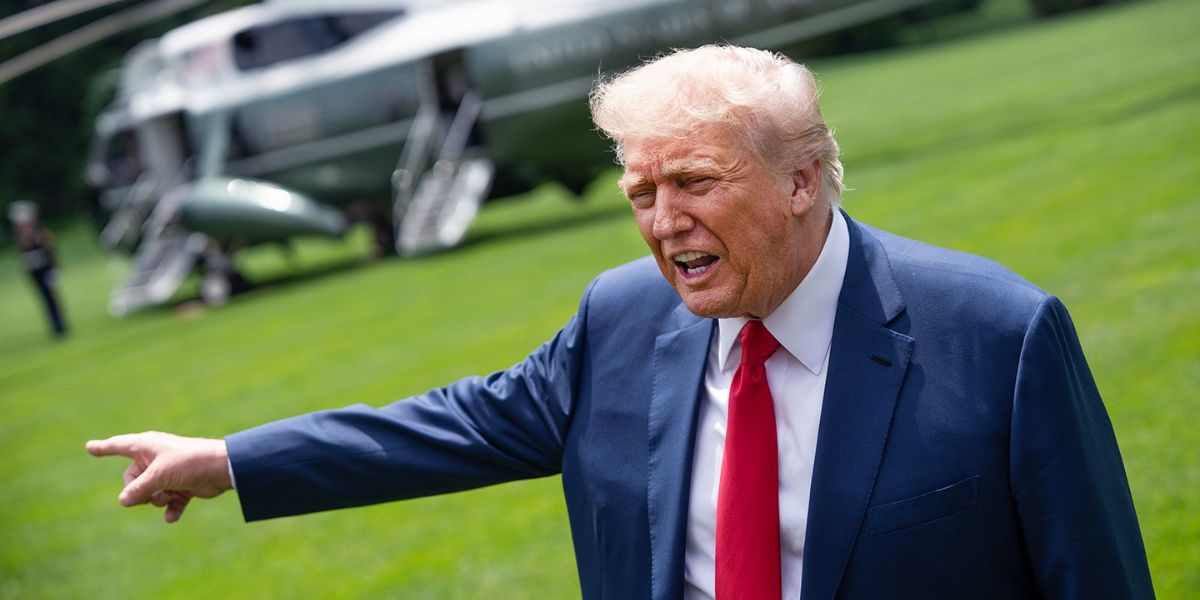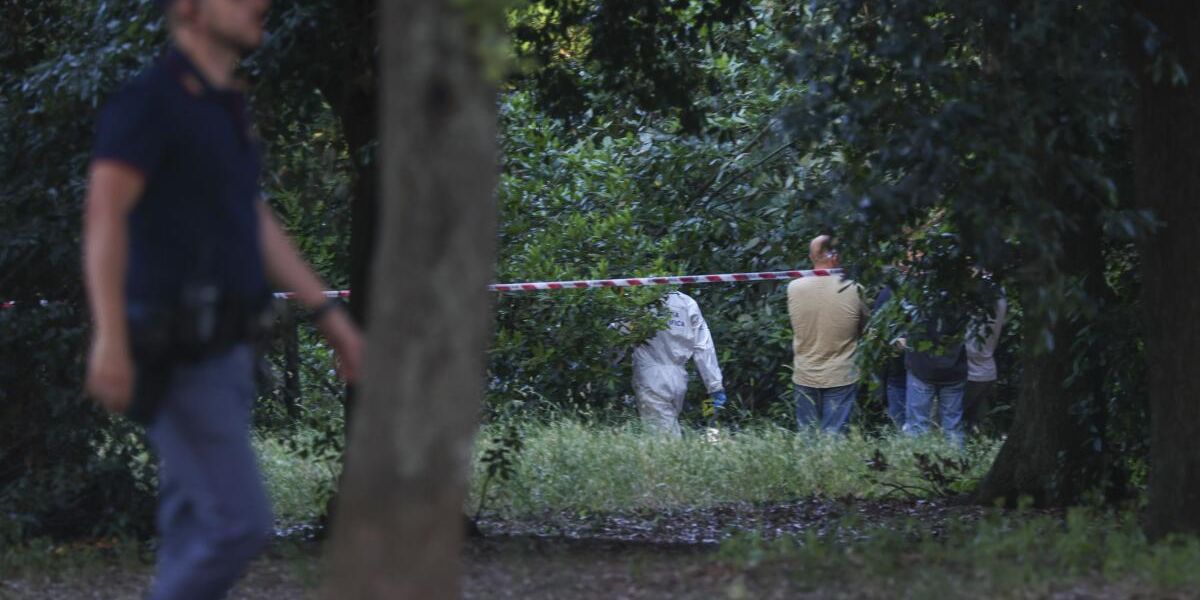Following a weekend of turmoil that included fights with police and burning automobiles in restricted areas of the city, Trump dispatched hundreds of active-duty Marines to Los Angeles and authorized the deployment of 2,000 more National Guard reservists. The protests were sparked by Immigration and Customs Enforcement sweeps for unauthorized migrants in a city and state that are Democratic strongholds.
California and Los Angeles officials refute Trump’s assertion that they have lost control. On Monday evening, police officers pushed back demonstrators throwing projectiles with flash bangs.
Trump’s decision to deploy troops despite opposition from California Gov. Gavin Newsom was the latest example of his willingness to exercise extraordinary executive power — often on questionable grounds — and marked a departure from his first term, when he was frequently talked out of his extreme impulses by establishment officials.
Despite Trump’s numerous earlier threats to the rule of law and democracy, a serious new chapter may be beginning.
“The president is overriding the governor’s and mayor’s powers and utilizing the military as a political weapon. This extraordinary move threatens to escalate a delicate situation into a national crisis,” Rhode Island Senator Jack Reed, the top Democrat on the Armed Services Committee, stated Monday evening. “Since our nation’s founding, the American people have been perfectly clear: we do not want the military conducting law enforcement on US soil,” Reed told reporters.
California Democratic Rep. Nanette Barragán, whose district includes Paramount, just south of Los Angeles, blasted Trump’s force mobilizations, saying they were unjustified given the circumstances. “This is where I think this is a sign of a dictator,” she told CNN’s Jake Tapper. “And the threat he is making against the governor to arrest him — I mean come on — that is pretty outrageous.”
Top Trump administration officials use terms like “insurrection.” Not surprisingly, many observers have interpreted such rhetoric as a hint that the White House is prepared to utilize the Insurrection Act, a legislation that allows the president to call in troops to quell a state uprising. There is no revolt in California. Trump’s claim on Monday that his quick intervention prevented Los Angeles from being obliterated is likewise false.
Tom Homan, the president’s border czar, told CNN’s Kaitlan Collins that Democratic officials’ assertions that protests intensified because Trump sent National Guard troops were “ridiculous.” Joining “The Source” from Los Angeles, Homan stated, “It all depends on the activities of these protesters—I mean, they make the decisions.”
Protesters gathered in significant numbers in Los Angeles on Monday night, indicating the possibility of another cycle of tension and uncertainty.
The course of the problem may now depend on if Trump follows through on his dictator’s theatrics by crossing lines not before crossed by contemporary presidents, most notably the employment of troops in law enforcement.
It may also rely on the restraint of demonstrators, who could play into Trump’s hands by inciting further turmoil, resulting in disturbing media images that can fuel Trump’s gloomy rhetoric.
Creating or exacerbating a law-and-order crisis or threat to public security and then exploiting it to justify the deployment of military force on domestic soil is reminiscent of authoritarian leaders’ tactics throughout history.




